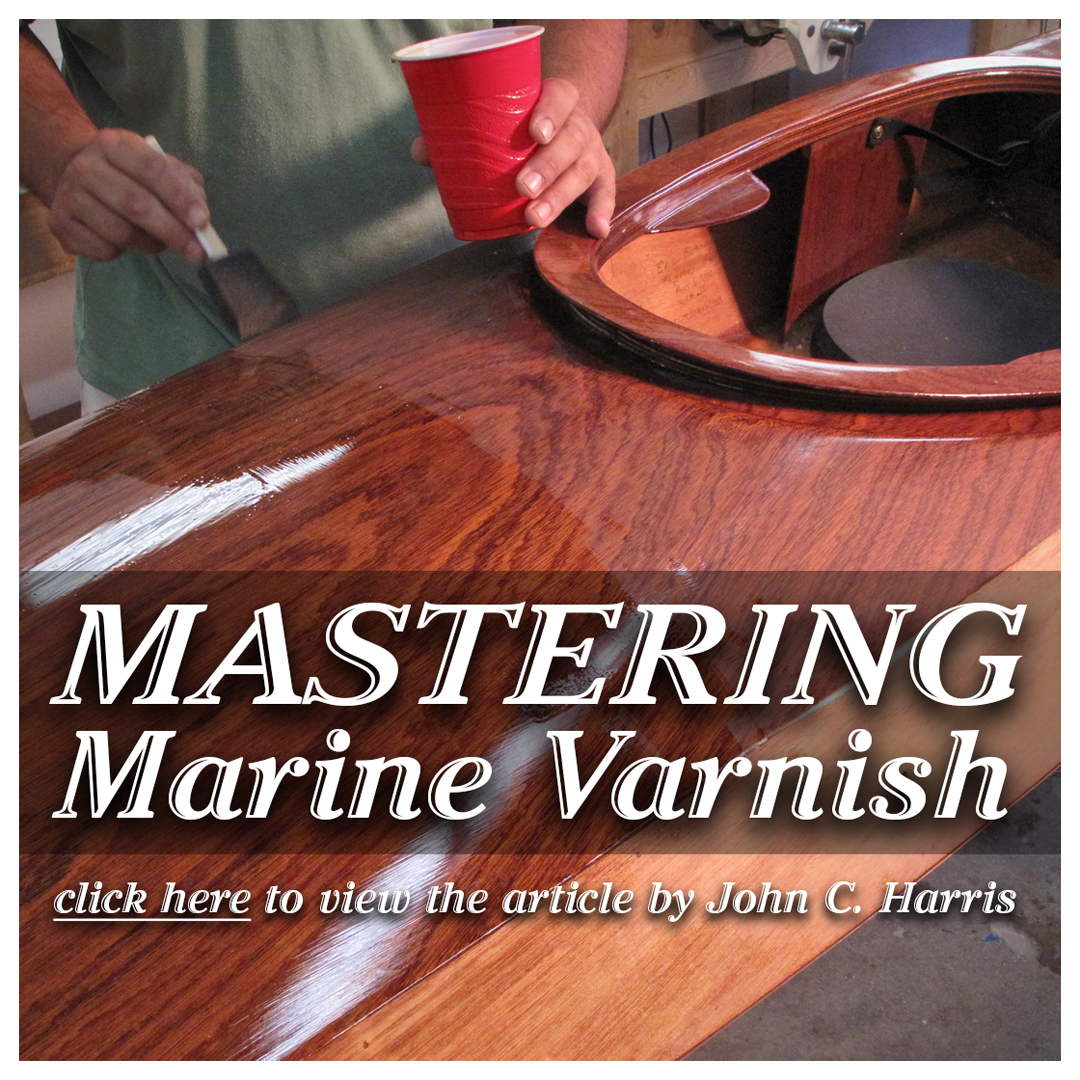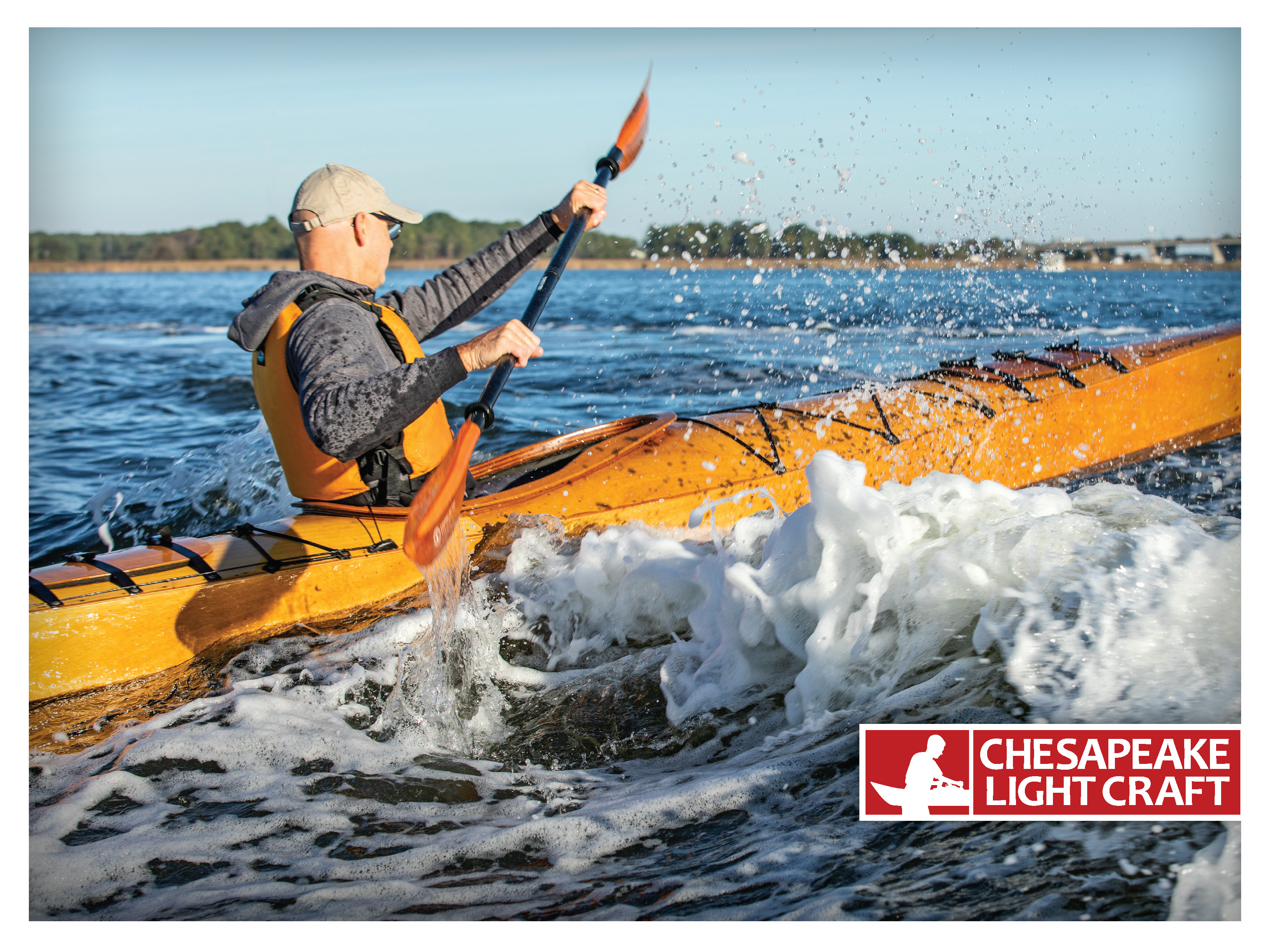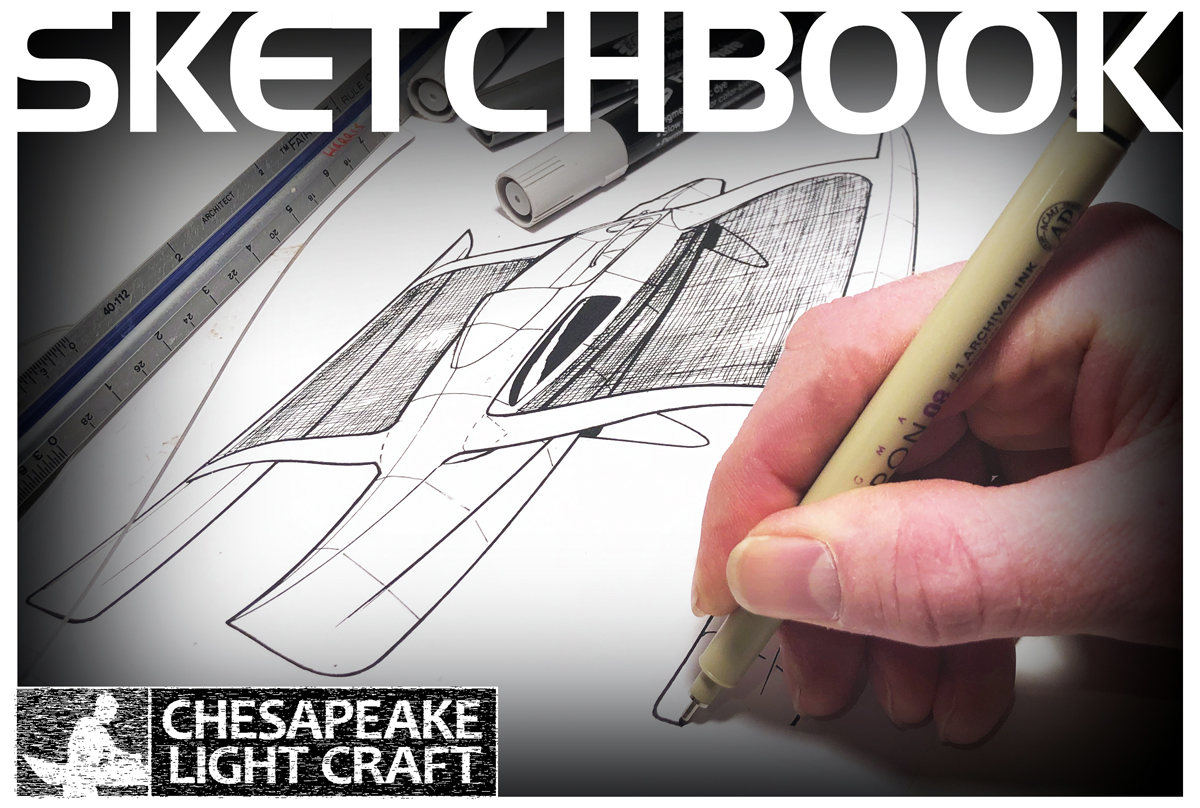Builders' Forum |
|
| ↓ Scroll to Last Comment ↓ | Forum Guidelines | Builders' Forum | |
Assembling finger joints (Skerry)
I am about to start on a Skerry. I should have all of my kit, tools, and supplies early next week. I have a question about the first step, gluing the halves of the panels together, (assembling finger joints, p. 45 of the manual).
The manual says: "you will glue the matching left and right panels in a stack, one atop the other, at the same time." If these are stacked, and I'm gluing the panel halves together, I would think that the layers of the stack would become glued to one another. How do you prevent this?
9 replies:
RE: Assembling finger joints (Skerry)
I don't remember for sure, but the discussion on this may be in the front intro sections about working w/ epoxy, but it's in the manual. Basically, plastic sheeting is your friend. Or waxed paper, but I used builder's poly between the planks. You'll want them on as flat a surface as you can get and a firm one. I took a sheet of 3/4" plywood and put it on the garage floor (with poly under it). Line up the pairs of planks on top of each other (after marking the left and right, front and back. Don't ask me. It meant a confused builder and a bit of restitching.) and dry fit them beforehand. I wound up using scrap 2x4s and dry wall screws to put clamping pressure over the joints. So, once the joints are buttered up assemble them as base ply, plastic, plank, plastic, plank, plastic, board w/ screws or weights.
RE: Assembling finger joints (Skerry)
What everybody above said is perfectly true and will work just fine, but if you have the space there's no law that says that you have to stack the panels. That's just to save space, time and clamps. Here's how I did my WD12 11 years ago:

If you have the space, time and clamps you can do the panels individually. It's purely a matter of personal preference.
As I've gotten older and my knees less flexible, I've come to enjoy the convenience of a table instead of the floor. That has less room, so now I stacked the panels for my WR18.
Have fun,
Laszlo
RE: Assembling finger joints (Skerry)
Thank you.
Laszlo: The manual says that the stacking is to ensure symmerty.
RE: Assembling finger joints (Skerry)
True, it does help with the symmetry. In fact, it's probably the easiest way to achieve symmetry (especially for beginners) so that's probably why it's the method in the manual. But it's also possible to get symmetry unstacked, so again, it's personal preference.
Have fun,
Laszlo
RE: Assembling finger joints (Skerry)
Setting up to commence a'building (FINALLY) of my Waterlust canoe I've approached it with Laszlo's philosophy in mind.
At 70 I have little desire to spend any more time than absolutely necessary on my knees against a hard floor. So I built a 'temporary' table 16' long & ~ 30" wide upon which to get the strakes puzzle-jointed at the start. Once they're done I can remove the 1/2" melamine finished top panels.
If one is new to puzzlejoints (as am I) and epoxy (not so new) it may be best to take each joint as a separate project until one gains experience in each aspect of this fairly critical step. Stacking joints I'd think could potentially lead to unevenness, but that's just me thinking about pitfalls rather than doing.
If symmetry is gained by stacking I can't see why it can't be done by doing only one joint at a time? Use the first panel as a pattern for the next once the first has cured and been inspected. Then glue up the next with sheet plastic in between.
RE: Assembling finger joints (Skerry)
I suspect that the "stacking to ensure symmetry" statement is more applicable to plans builders using scarf joints. With CNC cut puzzle joints, they won't go together unless the alignment is perfect.
I am with the others that I prefer to do each puzzle joint individually. When you stack, it is easier to end up with joints that are not flush.
RE: Assembling finger joints (Skerry)
spclark: That sounds like a great idea -- assemble one panel, and then use that as a guide to the next one. (Of course if the first one is off, the error propagates.)
Mark N: I hadn't thought of that point. I am using a kit. There is a diagram showing perfect and less than perfect assembly, so I just assumed that some wiggle and some error was possible in general.
I guess that I'll see how things fit together once I have the kit, and then make a decision. Lots of good ideas to consider.
RE: Assembling finger joints (Skerry)
That sounds like a great idea -- assemble one panel, and then use that as a guide to the next one. (Of course if the first one is off, the error propagates.)
Well, yes!
But considering that the same error can happen when you stack panels while assembling puzzle joints (have faith that these things have a degree of self-alignment built in!) the goal here isn’t to assure perfect 2-dimensional panel profiles as it is to become adept at the process of assembling joints and ensuring that they’re being made as flat as possible.
Scarfs are another animal: there’s no self-alignment there, it’s all about flatness first then maybe having rough-cut panel sections so the final outlines can be used to assure yourself that the sections will be trimmed up to desired final shape once the scarf(s) have cured sufficiently.
My initial contribution to this thread was intended to instill a bit of caution in folks whose enthusiasm to get going might otherwise lead them into pitfalls. Some mistakes are more easily rectified than others while avoiding mistakes made in haste are perhaps the easiest to avoid of all.













RE: Assembling finger joints (Skerry)
» Submitted by Jraggedy - Fri, 7/19/19 » 10:15 PM
Placing a piece of plastic sheeting or wax paper between panels will prevent them from getting stuck together.